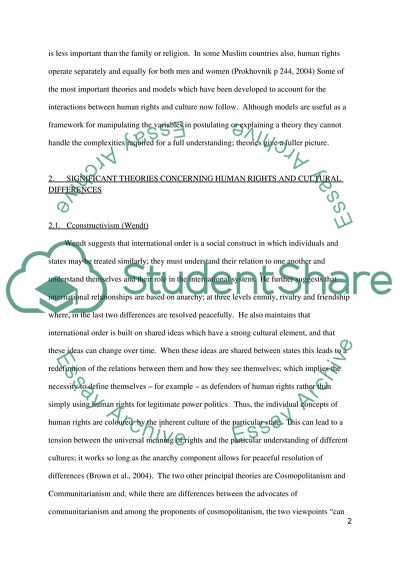Cite this document
(“Human Rights Essay Example | Topics and Well Written Essays - 2000 words - 1”, n.d.)
Retrieved de https://studentshare.org/law/1568890-human-rights
Retrieved de https://studentshare.org/law/1568890-human-rights
(Human Rights Essay Example | Topics and Well Written Essays - 2000 Words - 1)
https://studentshare.org/law/1568890-human-rights.
https://studentshare.org/law/1568890-human-rights.
“Human Rights Essay Example | Topics and Well Written Essays - 2000 Words - 1”, n.d. https://studentshare.org/law/1568890-human-rights.


